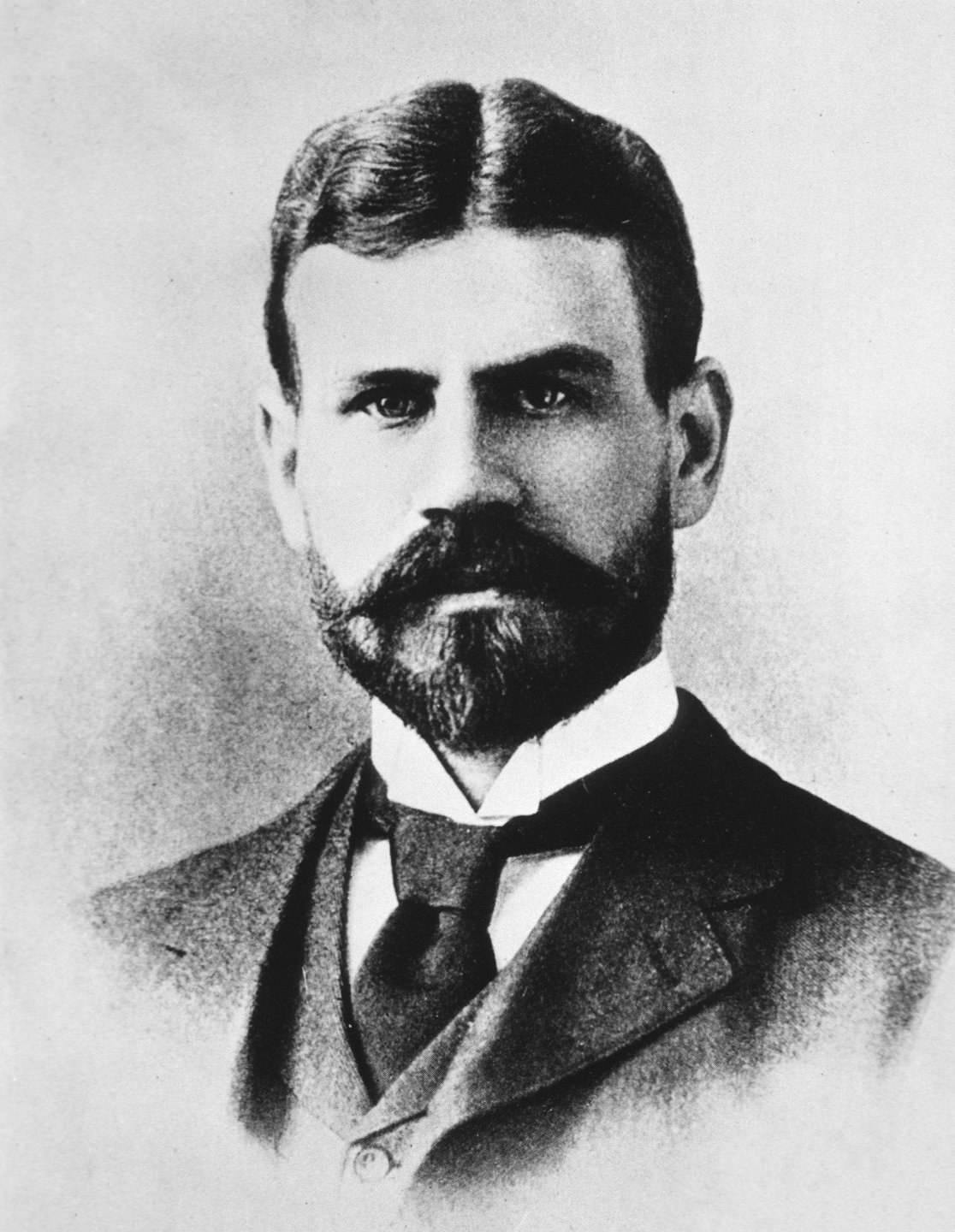From Yellow Fever to West Nile: How One Scientist’s Sacrifice Shaped Mosquito Control

At the turn of the 20th century, Jesse William Lazear made a profound sacrifice in the pursuit of medical knowledge. To confirm that mosquitoes were the primary carriers of yellow fever, he allowed himself to be bitten by an infected mosquito. Weeks later, he died from the disease. His tragic experiment was part of the Yellow Fever Commission’s work, which ultimately proved that mosquito bites—not direct human contact—were responsible for the spread of the deadly virus.
Lazear built upon the earlier research of Cuban physician Carlos Finlay, whose theory about mosquito transmission had been widely dismissed. Through additional studies, including controlled experiments with infected mosquitoes, researchers confirmed that reducing mosquito populations could significantly curb the spread of yellow fever. This discovery revolutionized public health, leading to mosquito control efforts that have saved countless lives.
Today, Los Angeles County faces its own challenges with mosquito-borne diseases like West Nile virus and dengue fever. While modern science helps track and mitigate these threats, prevention remains the most effective defense. Just as scientists in Lazear’s time fought to control deadly outbreaks, local mosquito abatement programs continue working to protect public health.
Residents can play a crucial role in preventing mosquito-borne diseases by eliminating standing water, using insect repellent, and reporting mosquito activity to local authorities. Stay informed and take action—simple steps today can help safeguard our communities for generations to come.
